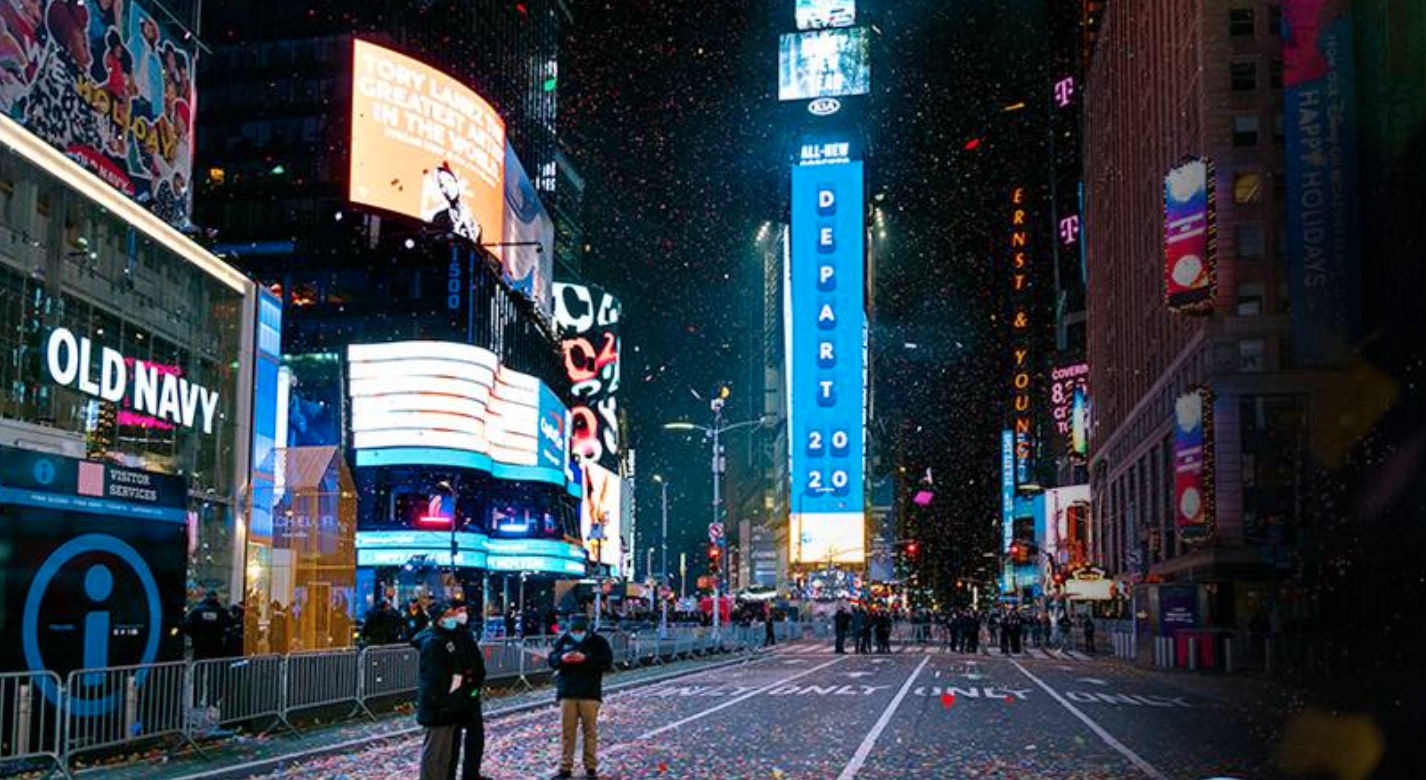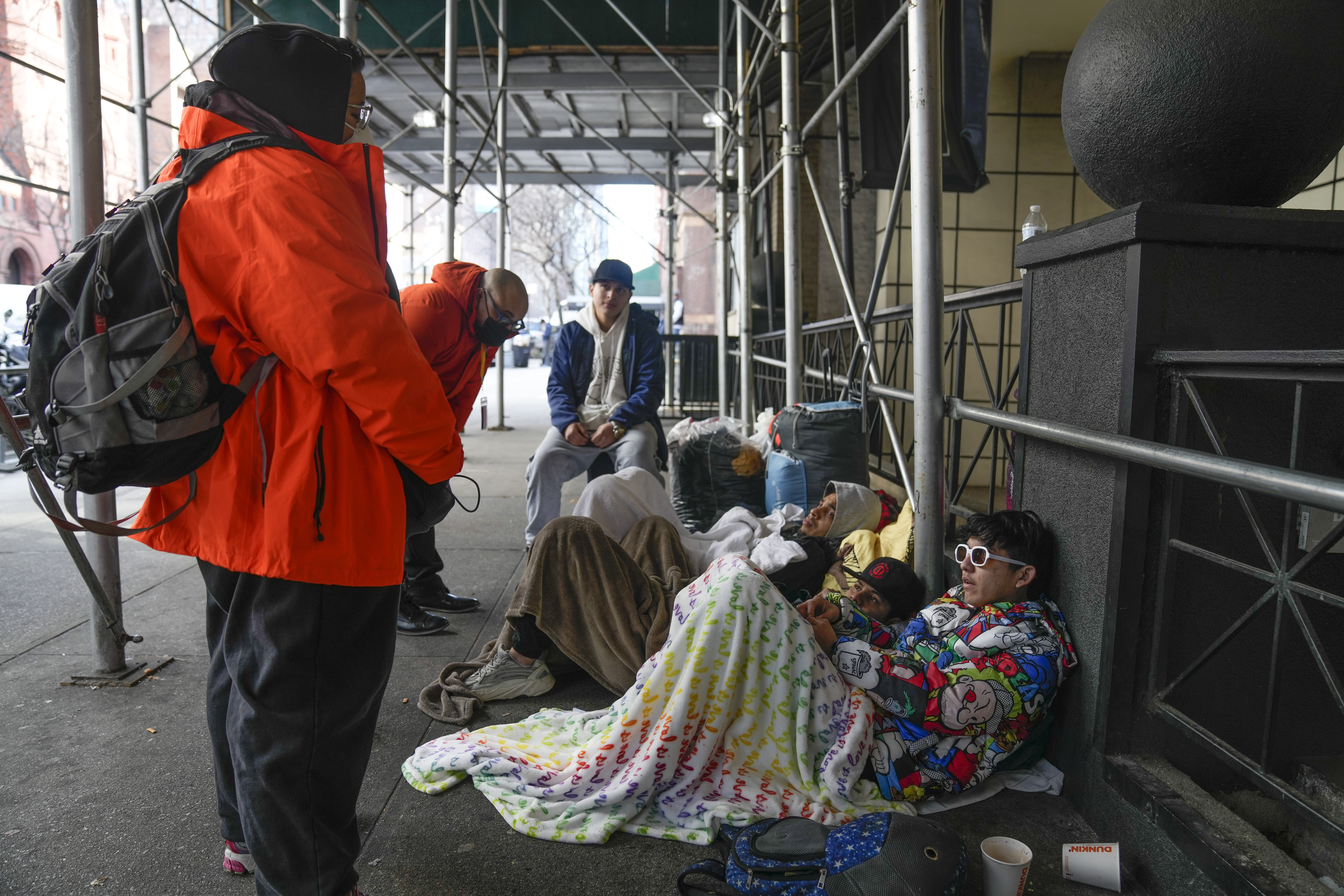
The Big Apple was shaken to its core last year, as tourism, spending, and jobs quickly disintegrated due to the Coronavirus shutdown.
In 2019, New York City was experiencing the record height of a 10-year growth in tourism not seen since 1991, tripling its tourists to 66.6 million, according to a report released today by the NY State Comptroller. In 2020 that number had plunged to just 22.3 million–a decrease of 67%.
With restaurants, various forms of entertainment, athletic events, and other attractions shuttered for much of the year–coupled with sharp decline of incoming travel–tourism spending collapsed by 73%. Employment in the tourism industry was at a record high of 283,200 jobs in 2019, but declined by 89,000 jobs (31.4%) to 194,200 in 2020. Manhattan’s hotel industry, which has the highest wages and the third-highest industry employment than any county nationwide, lost 46% of its jobs last year, says the report.
The report highlights that tourism-related tax revenue accounts for 59 percent of the City’s $2 billion decline in tax collections, or about $1.2 billion, for fiscal year 2021. It is estimated that the industry’s economic impact dropped by 75% from $80.3 billion in 2019 to $20.2 billion in 2020.
Needless to say, NYC’s road to recovery will be substantially lofty, and the city is depending on its consistent ranking as a top 10 destination globally to rebound. International tourism has risen steadily over the decades, but had become the main driver of visitor growth in just the past 10 years.
Total visitor spending in the City was $47.4 billion and accounted for 64.4% of the State’s total visitor spending of $73.6 billion.
“Employment is unlikely to rebound fully before visitor spending,” writes the State Comptroller office. “In its effort to reignite the tourism industry, the City cannot simply rely on vaccinations and reopening — which are necessary steps — for the industry to return, but must also develop a proactive strategy that cultivates and attracts international and business travelers to restore the industry to robust health and return to a path of continuous and shared growth.”

















Add comment